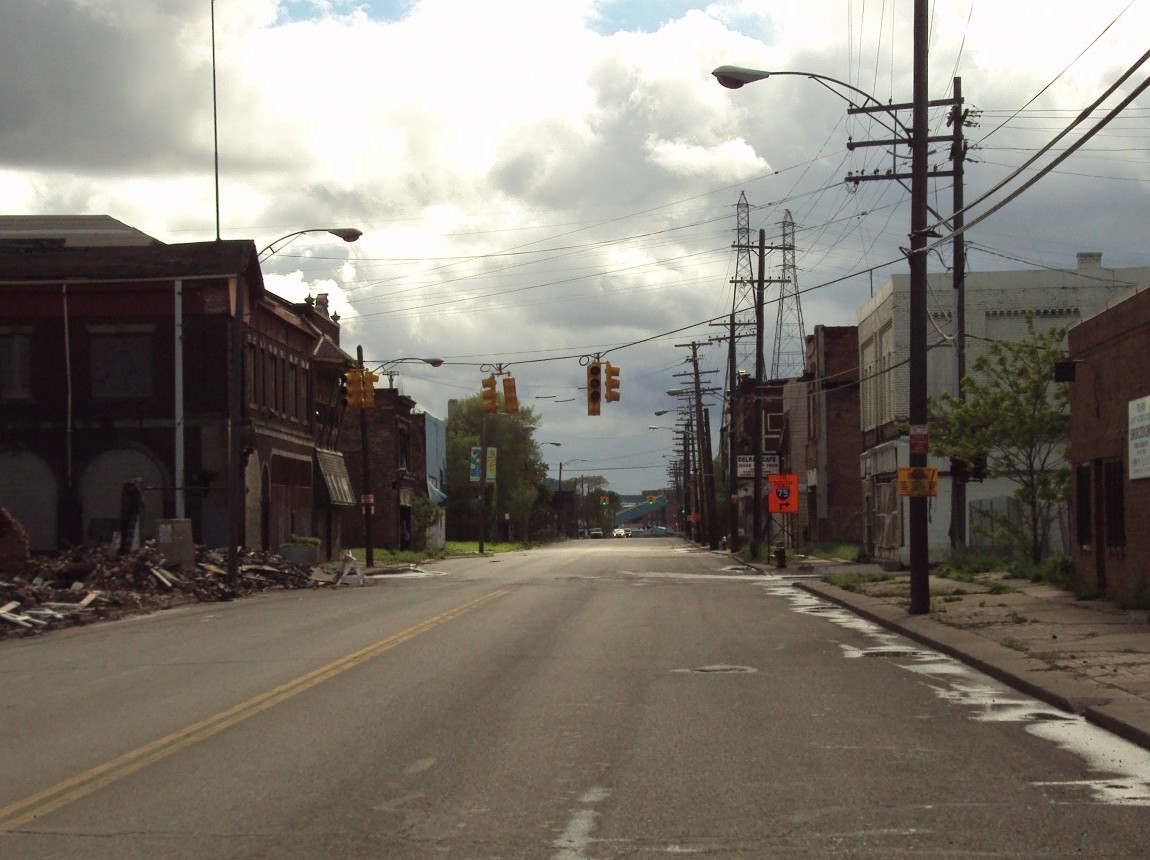Featured Posts
View all postsFeatured Press Posts
View all press posts
$600 Unemployment Benefits Set to Expire

Bankruptcy Didn't Help Detroit Fight COVID-19
Leader: Jodie Adams Kirshner

Jodie Adams Kirshner is a Research Professor at the NYU Marron Institute. Her current work, supported by the ECMC, Kresge, and Lumina Foundations, entails understanding obstacles and solutions for children of low-income and racial and ethnic-minority families in accessing and completing postsecondary education, bringing together issues of debt, inequality, and urban economies.
Kirshner has published editorial and feature columns related to her research in such publications as The New York Times, Boston Globe, and Washington Monthly, and appeared on television, radio, and podcast interviews in outlets including BBC World, NPR, and C-Span.
Kirshner’s 2019 book Broke: Hardship and Resilience in a City of Broken Promises, published by St. Martin’s, provides a human-centered account of what a municipal bankruptcy process can and cannot do, focused on Detroit, and the lessons that bankruptcy holds for other cities suffering from economic transformation, structural poverty, and reduced federal and state fiscal support. The book argues for renewed investment into cities’ human capital, including through education, training, and entrepreneurship, in order to increase employment and access to opportunity, and thereby also bolster the resiliency of cities themselves. Among its commendations, Broke was named a New York Times Editor’s Choice, a Michigan Notable Book, a finalist for the J. Anthony Lukas Prize, and winner of the Tillie Olsen award. The Kresge Foundation supported the research.
Until 2014, Kirshner was a law professor at Cambridge University, where she served as the deputy director of the Cambridge LL.M. program, the deputy director of the Cambridge Centre for Corporate and Commercial Law, and as a fellow of Peterhouse College, Cambridge. Currently she teaches bankruptcy law at Columbia Law School, drawing from her book International Bankruptcy: The Challenge of Insolvency in a Global Economy, published by University of Chicago Press. She has acted as a technical advisor to the Bank for International Settlements, and as an independent consultant for financial funds investing in distressed debt and other organizations working in the broad field of economic mobility.
Kirshner received her undergraduate degree from Harvard University and graduate degrees in law and in journalism from Columbia University. She studied as a Fulbright Scholar at Oxford University and completed funded postdocs at the London Business School and Max Planck Institute for Comparative and International Law in Hamburg, Germany. She is an elected member of the American Law Institute and a senior research associate of the Cambridge Centre for Business Research. She is a fellow of the American Bar Foundation, the Salzburg Global Seminar, the Columbia Law School Center for Law and Economics, and the Center for Law Economics & Finance in Washington, a member of the Century Association, and former term member of the Council on Foreign Relations. She is admitted to the New York Bar.






